25 Mar
Zucchini Relleno with Lentils (Vegan)
There I was minding my own quiet business waiting for my delicious burrito-to-go from Humberto’s, when lo-and-behold I spied to my right a little Spanish-language classified news rag that had “RECETAS! p. 38” in bold on the side. And I was like, RECETAS! OMG! There’s nothing I love more than recetas, because if it’s a recipe, and it’s in San Diego, and it’s in Spanish, there’s a 90% certainty it will be fantastic. Even if it was sponsored by Nestle. Which it was.
And that being the case, and deliciousness of the recipe aside, I question whether the person who wrote it out ever actually made it, because a lot of the directions were totally wonky. If I had naively followed them, the outcome would have been disastrous. Fortunately, I *slightly* knew what I was doing, and I feel confident that you can trust this version, although I have included a few notes throughout. But don’t worry. Even if you’re not an adventurous cook (and there’s nothing wrong with that – life is too short for bad food), you can’t go wrong with this one.
For the record, I’ve made no explicitly vegetarian/vegan modifications to this recipe, as its original purpose was to serve the Spanish-speaking community with vegetarian recipes for options during Lent. The modifications I’ve made were strictly of the “it is better to make it this way” variety.
Zucchini Stuffed with Lentils
- 6 zucchini, cut in half lengthwise, stems cut off, scooped of pulp & seeds
- 3 – 4 tbsp vegetable oil (divided use)
- 1 medium white onion, diced
- 1 – 2 serrano peppers, de-seeded and minced
- 3 large cloves garlic, minced
- 1 1/2 cups lentils
- 10 oz tomato sauce
- 2 tbsp Maggi seasoning sauce (you can find it near steak sauces or in the Mexican food isle or at Mexican food markets; if you can’t find it, soy sauce would work – though Maggi has this strange aromatic-ness that is better)
- Diced cilantro for garnish, to taste
- Dry loose cotija for garnish, if desired (of course this will render it no longer vegan)
Slice and de-seed/de-pulp 6 zucchini in preparation. I recommend a spoon for the de-pulping. Additionally, please note that each halved zucchini is about 1 side serving, and once they are cooked they don’t keep well. Hence, if you are cooking for a small bunch I would recommend only preparing the number of zucchini halves you expect to eat. For instance, J and I would only prepare 2 zucchinis, for a total of 4 halves. We’d save the remaining lentil mixture and prepare the zucchinis on an as-needed basis. Does that make sense? Am I over-complicating things? I can do that sometimes. Anyhoo, back to the recipe.
Follow the instructions on the package to cook the lentils (usually ~ 20 minutes/2 cups lentils). If you bought bulk lentils, here’s a quick explanation of how to prepare them.
For the mixture:
Heat 1 tbsp of the veg oil in a large pan on medium heat. Add the onion, garlic and pepper and cook, stirring frequently, until onion is soft. Add the cooked lentils, tomato sauce and Maggi sauce and cook, stirring frequently for about 2 minutes, until everything is hot. Remove from heat. Fill the zucchini halves uniformly with the lentil mixture. Now, you have two final options:
If you want to cook the stuffed zucchini stovetop:
Add the remaining 2 – 3 tbsp of oil to the original pan and heat on medium-low. Place the zucchini in the pan and heat for about 10 minutes or until tender.
If you want to bake the stuffed zucchini in the oven:
Preheat the oven to 350 degrees. Bake the stuffed zucchini on a baking sheet or in an iron skillet for about 10 minutes, or until tender. This option is healthier as it requires no oil, but it may result in dryer zucchinis.
Serve immediately with salsa,* cilantro and optional cotija as a garnish. When removing the zucchinis from the pan to serve, use a spatula to avoid a crumpled zucchini fiasco.
A NOTE ABOUT THIS RECIPE: I really liked my first attempt at this but felt there were many improvements that could be made. I will continue to experiment with it and promise to provide updates in the future. Please check back!
*If you’re in San Diego in the greater park area, head over to JayCee’s on 25th & C – they have this excellent fresh homemade salsa in the back of the store in the refrigerated section near the meat counter by the Oaxacan queso. We like the hot version, but all of the varieties are excellent.
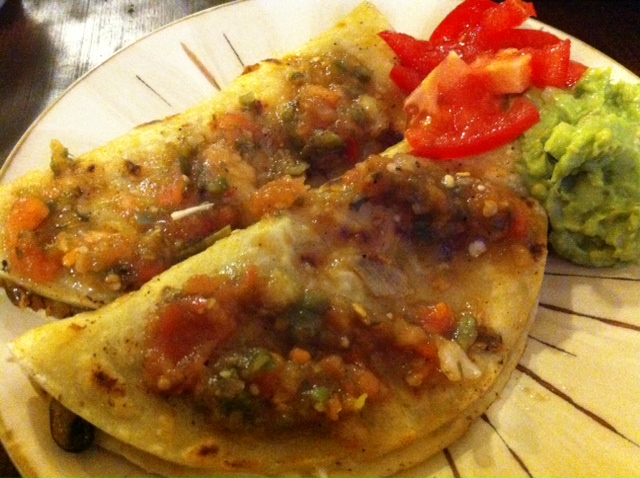
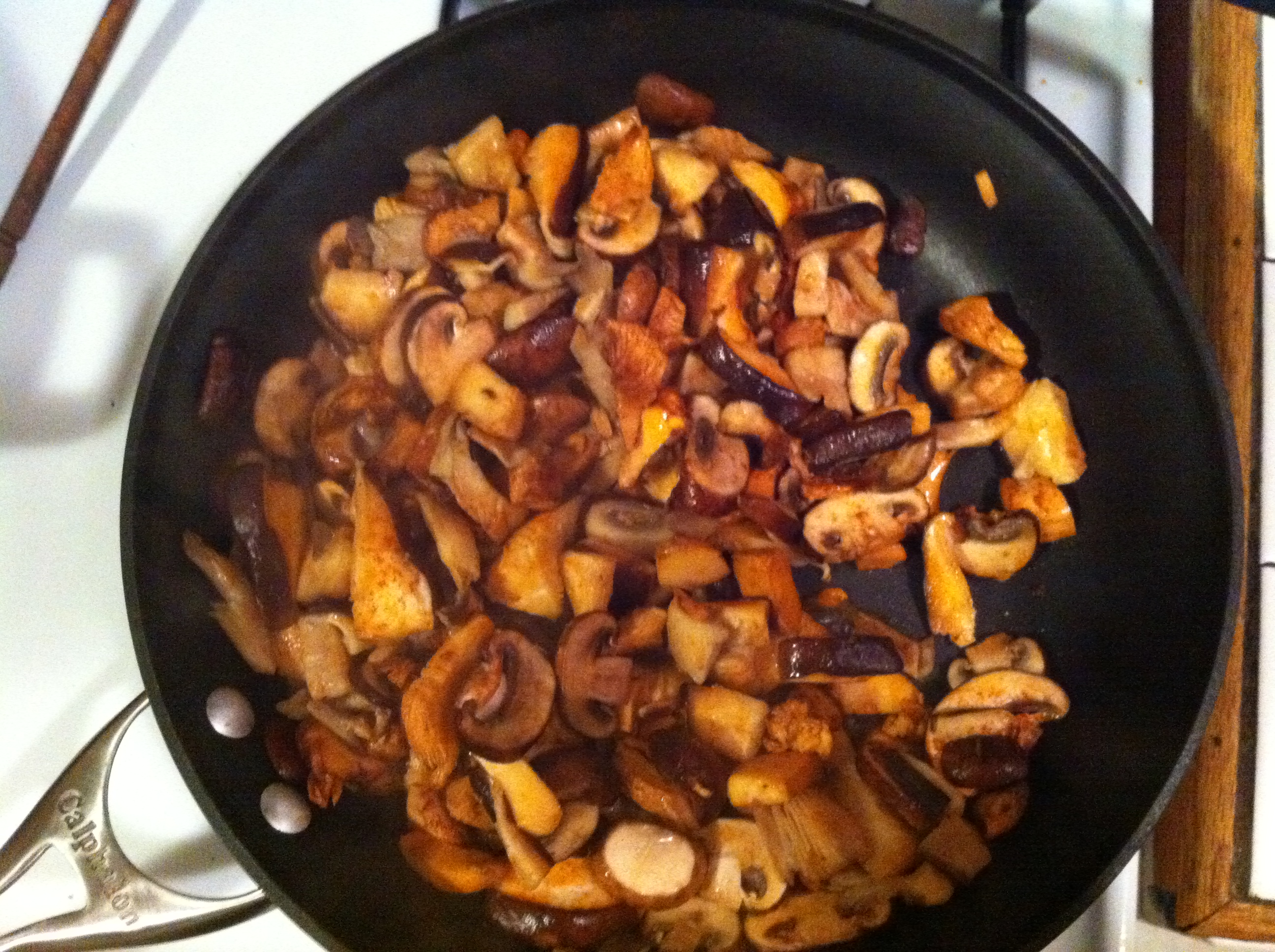
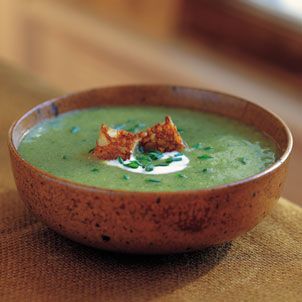
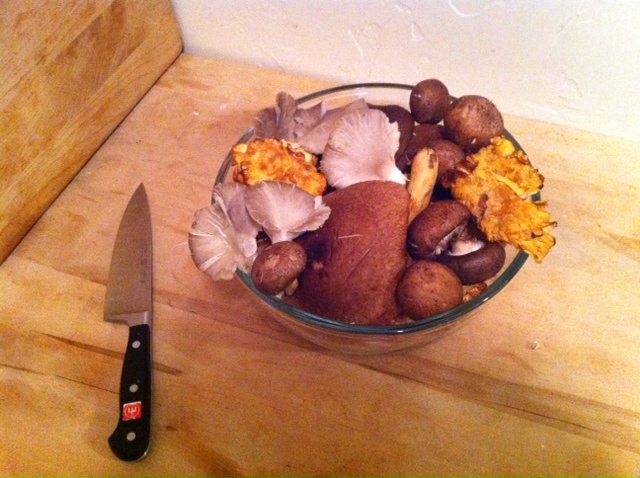
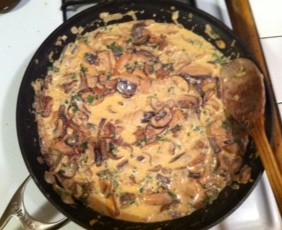
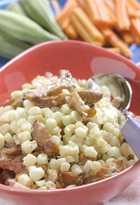
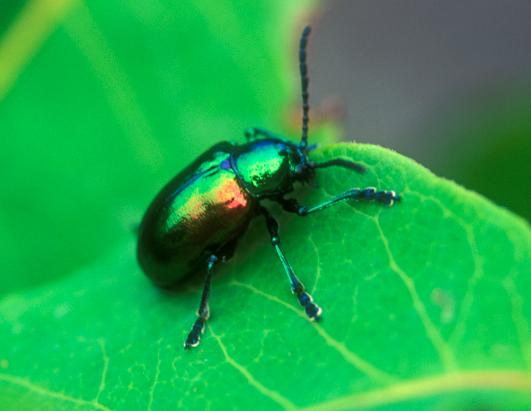

Recent Comments